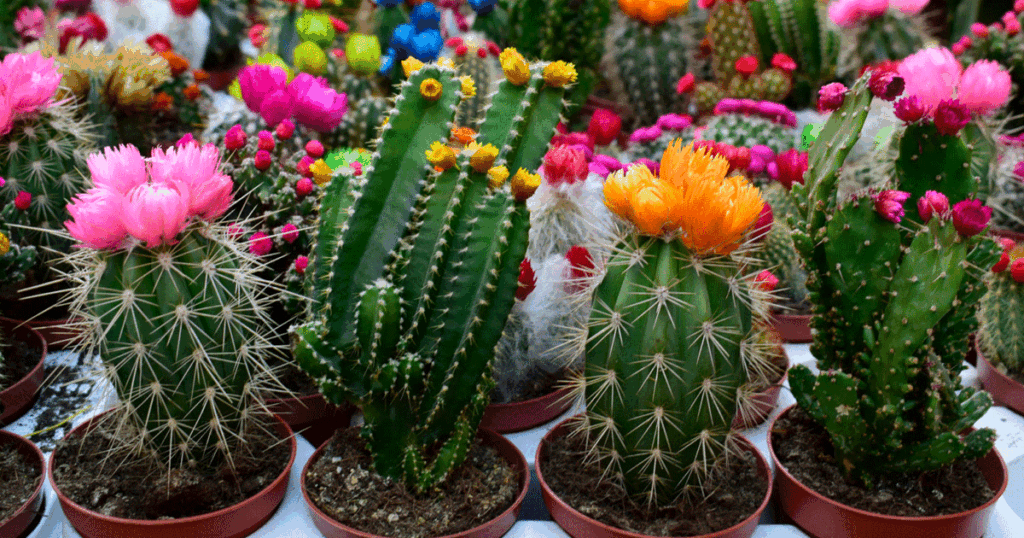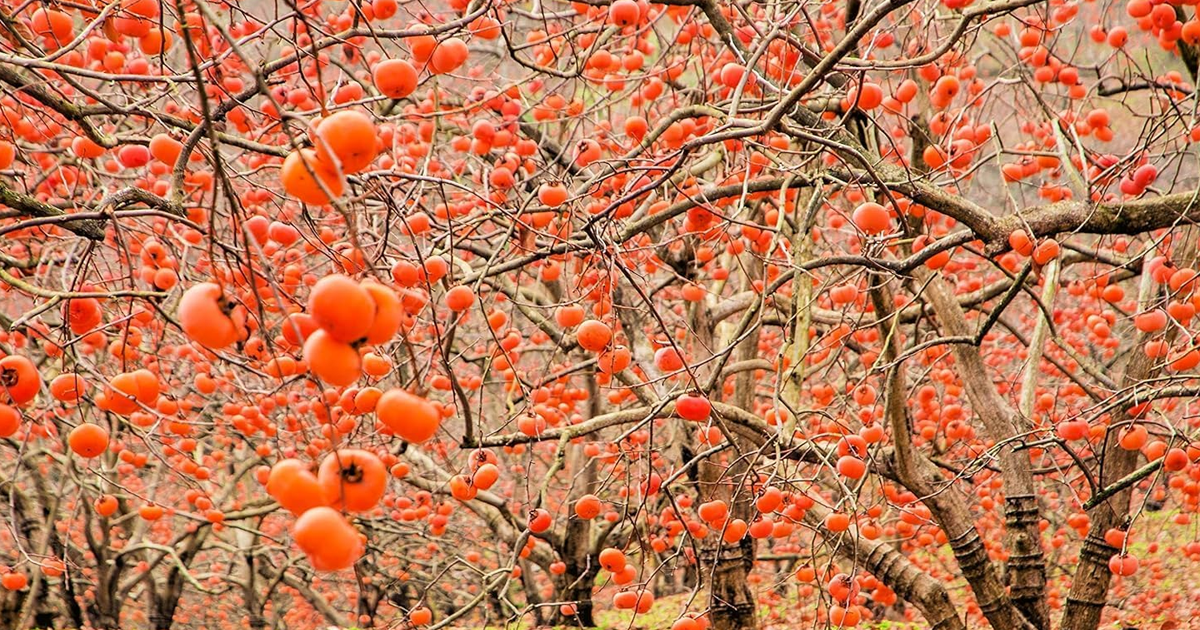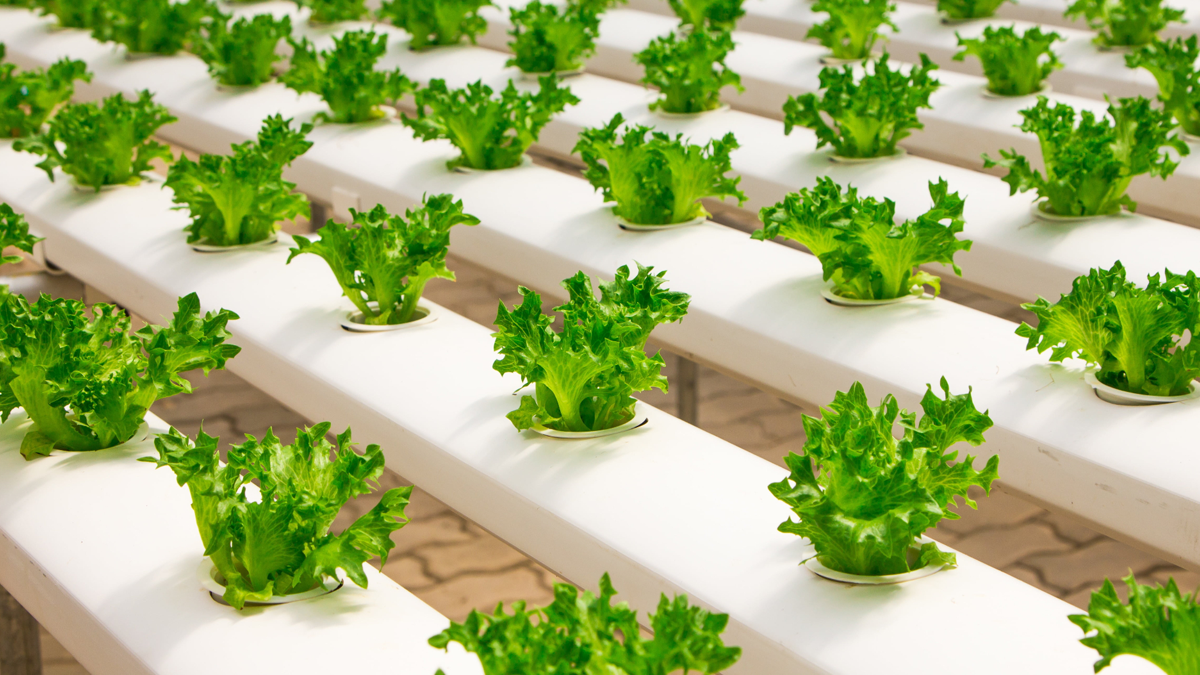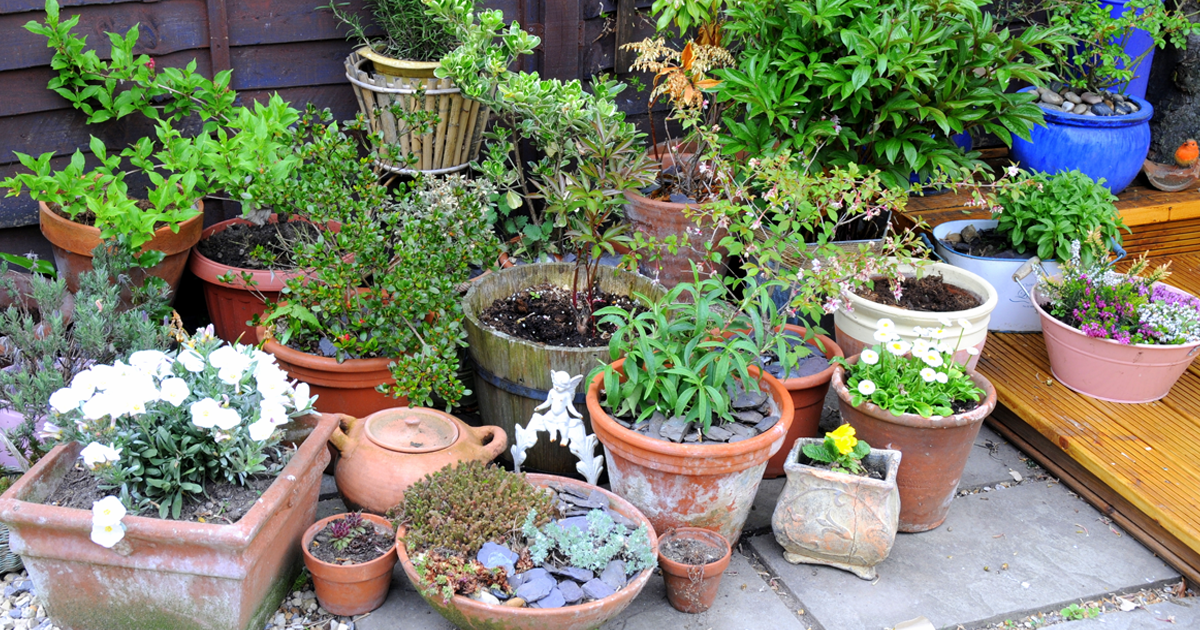Flowers That Look Like Cactus: A Comprehensive Guide

Introduction
Flowers that look like cactus add interest to any garden or collection of house plants, for they are truly quirky. These plants have all appearances of a cactus: thick, succulent-like stems and a spiny appearance-creating dazzlingly colorful flowers. True cacti belong to the Cactaceae family; however, many other plant species imitate and copy their appearance and structure. While some thrive under dry conditions, others are more promodisplace and do well with humidity, giving people more options for various climates and gardening needs.
Flowers that look like cacti, growing conditions for such types of plants, and taking care of them correctly to make them bloom for any situation are discussed in this write-up.
Characteristics of Flowers That Look Like Cactus
There are distinguishing characteristics of flowers resembling cacti that set them apart from other flowering plants. Some include:
1. Thick, Fleshy Stems: Some of these plants store water in their stems, which makes them able to survive in less-dry environments.
2. Spines or Hair-like Exterior: Some of these flowers have spiny or hairy surfaces similar to some cacti to discourage predation.
3. Specially Gorgeous Blooms: Many of those plants have just as dazzlingly bright colorful flowers that contrast their cactus-like looks.
4. Drought Tolerance: Most of these plants can withstand very little watering and dry conditions.
Popular Flowers That Look Like Cactus
1. Epiphyllum (Orchid Cactus)
Though they resemble cacti, epiphyllums are epiphytic plants that really belong to the cactus family. The elevations of their stems are flat and broad, and then they show large and showy flowers within the various colours that include red, pink, and white.
Growth Habit: Trailing or climbing
Sun Requirements: Partial shade to bright indirect light
Water Needs: Allow slightly dry between watering
Flowering Season: Spring and summer
2. Stapelia (Starfish Flower)
Stapelia is a succulent plant resembling a cactus. Thick, fleshy stemmed plant with small, spiny projections. Though it has star-shaped flowers, it has a very strong odor that attracts flies for pollination.
Growth Habit: Low-growing, clumping
Sun Requirements: Full sun to partial shade
Water Needs: Low, drought tolerant
Flowering Season: Late summer to early fall
3. Huernia (Lifesaver Plant)
Another cactus-like plant stems are segmentally spiny, with a very different waxy flower. Most often, the flowers have a very distinctive ring in the center, hence the name “Lifesaver Plant.”
Growth Habit: Compact, spreading
Sun Requirements: Bright, indirect light to full sun
Water Needs: Low, basking in well-draining soil
Flowering Season: Summer
4. Pereskia (Leafy Cactus)
Pereskia is a unique cactus-like plant, except it has broad leaves, even though they are not leaves as in most cacti. The flowers are very beautiful in shades of pink, orange, or yellow, similar to typical cactus flowers but dissimilar in all other aspects.
Growth Habit: Shrubby, climbing
Sun Requirements: A full sun
Water Needs: Moderate
Flowering Season: Late spring to summer
5. Euphorbia (Crown of Thorns)
This species resembles a cactus very closely as far as spiny stems and brilliant flowers are concerned. This is one plant that blooms with plenty of freshness throughout the year, in very good conditions.
Growth Habit: Bushy, slow growing
Sun Requirements: Full sun, partial shade
Water Requirements: Low to moderate
Flowering Season: Year-round
6. Adenium (Desert Rose)
Desert Rose is a native from Adenium. The stems are swollen and fleshy such that it shows resemblance with those of cacti. Its hollow trumpet-shaped flowers that ammoniacal pink, red, and white are worth considering for ornamental gardening.
Growth Habit: Small tree or shrub
Sun Requirements: Full sun
Water Needs: Low, drought-tolerant
Flowering Season: Spring and summer
Growing and Caring for Flowers That Look Like Cactus
Learning how to care for the special flowers that look like cacti is vital if one intends to cultivate them successfully. Each plant exists in its unique world of care, but the following general standards apply to most:
1. Light Requirement
Most flowers that look like cacti require light and some may require a whole day of sun. For plants grown indoors, use a sunny window; outdoor plants need to be in a good sunny place.
2. Soil-Type Preference
Very well-drained soil is an absolute must for these plants, as excess moisture can lead to root rot. An ideal choice would be a cactus or succulent potting mix, often amended with sand or perlite to improve drainage.
3. Watering
Over-watering is one common mistake made in the care of these plants. Water less and let the soil dry out between watering.
4. Temperature and Humidity
This plant usually requires warm temperatures and low humidity for optimal growth. Most aren’t frost-tolerant; hence, they need protection from frost.
5. Fertilization
Healthy growth and profuse flowering are achieved with diluted balanced fertilizer during the growing season.
Common Challenges and Solutions
1. Overwatering and Root Rot
Issue: Excess moisture can kill the roots.
Solution: Water moderately and use a well-draining medium.
2. Inferior Flowering
Issue: Sometimes, for some plants, there isn’t enough light to bloom.
Solution: Make sure the plants get enough sunlight and fertilize accordingly.
3. Pests
Issue: Aphids, spider mites, and mealybugs are capable of attacking these plants.
Solution: Using neem oil or insecticidal soap can help manage pest problems.
Landscape Ideas for Cactus-Like Flowers
1. Desert Gardens: These plants will complete the desert-like state, together with true cacti and succulents.
2. Rock Gardens: Their forms and textures are a perfect complementary addition to rock gardens.
3. Indoor Displays: Smaller varieties can be grown in ornamental pots that would beautify indoors.
4. Outdoor Borders: Large species like Euphorbia milii and Adenium can form natural fences in the garden.
Conclusion
Flowers That Look Like Cactus are a fusion of beauty and hardiness. They are a beautiful addition to any plant collection. It is a collection of unique charm in gardens and indoor spaces; cactus-like, but wonderful flowering styles have set them apart. A plant lover well versed in how to cultivate and care for these amazing flowers will enjoy them year-round. Whether used in landscaping or as house plants, these magnificent plants bring an air of desert toughness wherever they go.





